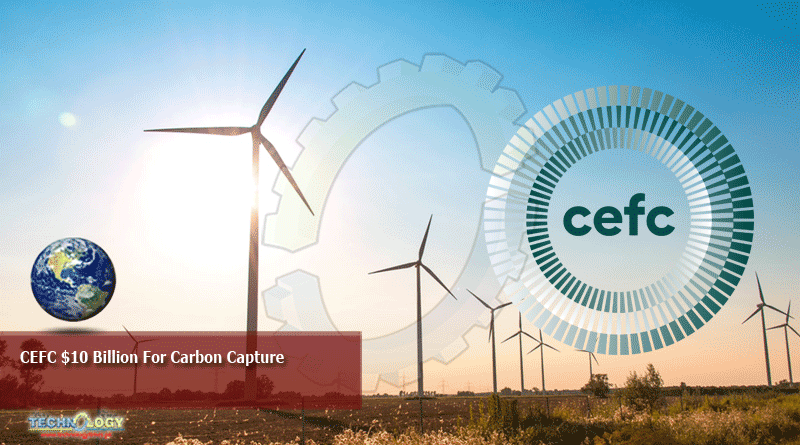The Head Of The Federal Government’s $10 Billion “Green Bank” Says Any Carbon Capture And Storage (CCS) Project It May…

back would need to be commercially viable and provide a return, signalling a challenge for projects to meet funding criteria.
“If that change goes through it will have to be a commercially viable project … because all of our transactions are ones where we expect our capital to come back with a return,” said Ian Learmonth, chief executive of the Clean Energy Finance Corporation (CEFC) in his first comments on the Coalition government’s plan to widen the body’s remit to include the technology.
Under the government’s plan, both the mandates of the CEFC and the Australian Renewable Energy Agency would be broadened so they can support CCS and other areas such as green steel and hydrogen, which are already within the CEFC’s remit today.
Santos is one of the companies in Australia planning a carbon capture project. Bloomberg
While some critics have attacked the proposed change, saying it could see those bodies fund fossil fuel projects, Mr Learmonth said the CEFC would “still be investing in low-emission technology”.
“So it would only add to what we do,” he said. “We would still have to make sure it is still a complying investment.”
He declined to comment on whether he expected any CCS projects to meet the CEFC’s financing hurdles, saying that would be speculative given the body doesn’t have any projects in front of it.
Glencore and Santos are among companies working up CCS projects that might seek funding.
- “We’d have to wait for the amendment before we really go live on it,” Mr Learmonth said.
- “There needs to be a price signal with some source of revenue to return the capital invested in a carbon capture and storage project so it will all depend on those sorts of features.”
While that price signal could be provided through a price on carbon pollution – something not on the agenda for the Morrison government – Mr Learmonth noted the King Review has proposed expanding the Emissions Reduction Fund – now rebadged as the Climate Solutions Fund – to include CCS, which could do that job.
Carbon capture grabs policymakers’ attention
The stretch target in the technology road map for emissions reduction has set a stretch goal for CCS to abate carbon at under $20 a tonne, he noted, adding that the government “is obviously thinking about he economics it might need”.
Mr Learmonth’s comments came as the CEFC annual report was tabled in Parliament, detailing the more than $1 billion of investment committed in fiscal 2020 to some $4.2 billion of projects. It ventured into new areas of the economy, delivering a green bond fund and a green home loan, and supported the 50 per cent expansion of the country’s biggest battery, the Neoen-owned battery at Hornsdale in South Australia.
Every dollar invested by the CEFC in the year ended June 30 was matched by more than $3 in investment from private sector capital. A record $942 million in CEFC finance was returned to the organisation through sales, repayments or redemptions, and is now available for reinvestment.
Investments to be prioritised this year are innovative technology and financing to support accelerated emissions reduction, including storage, hydrogen and investments in the power grid.
The CEFC has been considering backing the Marinus Link transmission project between Tasmania and Victoria, and Mr Learmonth flagged an “imminent” announcement on that, perhaps within two weeks.
The CEFC lifted the provision for impairments to $121.1 million last financial year, up from $59.7 million in fiscal 2019. Mr Skala said that was “satisfactory” in light of the risks the organisation is required to take on and the economic conditions.
Mr Learmonth said that in assessing the provision, the CEFC had been “very conservative” in its approach, particularly in its renewables portfolio, given grid constraints and connection delays affecting wind and solar farms.
“Because of some of those issues we’ve taken a very conservative approach to our portfolio, we don’t have any concerns about any material losses actually transpiring,” he said.
“The challenge is that Building out the required infrastructure to address the issue takes a lot longer than the building out of the renewables projects.”
This news was originally published at afr.com
